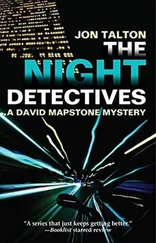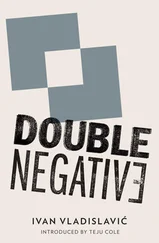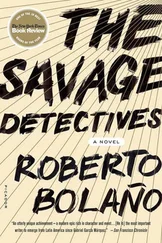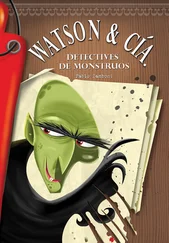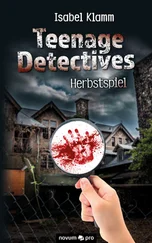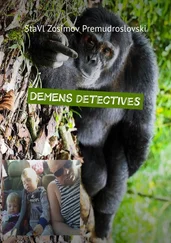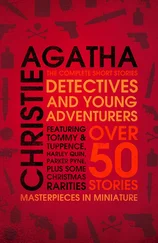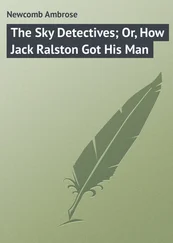Warmest,
Claudia
Does the name Neville Lister ring a bell? We showed his work here in 2009. A late bloomer, middle-aged, difficult. I’m not sure it would interest you, but I could let you see some new images from a series called Dead Letters . Suspicious behaviour of a different order. Just shout.
Claudia Fischhoff|Pollak Gallery
21 Melle Street, Braamfontein 2001
Tue — Fri 10:00–17:00 Sat 10:00–15:00
If you cannot see the images in this message, click here.
lost detectives (51)
Another Meet and Greet, another networking opportunity. He should abscond. At breakfast, he could tell them that he nodded off in front of the TV. He could say he was lost in thought. He could be the lost Detective. But there were so many lost Detectives already. They were all lost.
swansong
A man in short pants and gumboots entered the hall and tottered towards the pit, waving his hands and shouting. I thought this intruder was a drunken dishwasher, but my servitor explained in a whisper that he was a poet sent to keep us awake until dinner was served. One might have expected a poet to rouse his audience by the brilliance of his words, but he relied on the simpler expedient of clapping his hands. He mumbled a few lines, and bellowed a few more, to the delight of my companions, and slapped his palms on his chest and thighs. Once or twice he bent down and drummed on his toes and then clapped both palms to his cheeks with a resounding smack.
Finally he quietened down and pulled a cushion up to the fire. He looked remarkably like the King, only smaller and chubbier, a deflated prototype. He sat there with a trencher propped between knees and belly, smacking his lips.
The poet had a second function, my servitor explained: he was the King’s taster. Just then two attendants came with a long-handled fork that had a single tubular prong, and they plunged this into the largest slab of protein on the rack and extracted a sample. This gelatinous rod was extruded on the poet’s trencher. With a theatrical flourish, he pinched it between two fingers and displayed it to the assembly. Then he put one end in his mouth. A single bite would have been more than a mouthful, but he hawked it in whole, inch by inch, like a snake consuming a rat, and batted the protruding end with his palm until that too disappeared and his lips were sealed. He chewed, and blew out his cheeks, and chewed again, and sweated and swallowed.
His eyes boggled and he fell back on the cushion. I was greatly alarmed, thinking he was dead. But after a minute, he lifted his head and leered at us, which was a sign for everyone to clap their hands and tuck their bibs into their collars. Then the poet laid his head down on the greasy board and went to sleep.
Acknowledgements
Some of these stories have appeared in Art South Africa, Die Horen, Karavan and Siècle 21 , and in the anthologies A Writing Life: Celebrating Nadine Gordimer (edited by Andries W. Oliphant), Opbrud (edited by Chris van Wyk and Vagn Plenge), Touch (edited by Karina Szczurek) and Home Away (edited by Louis Greenberg). I am grateful to the editors of these publications, to Martha Evans and Sean O’Toole, and especially to Michael Titlestad for his meticulous editing of this volume.
The account of Edward Sheldon’s life in ‘The Reading’ draws on Eric Wollencott Barnes’s biography The Man Who Lived Twice (Scribner’s, New York, 1956), in particular the passage about reading (pp. 169–76). The comments about the ‘sewing machine’ style are on p. 172; the quote about pity is on p. 167.
The phrase ‘translated from the dead’ (also in ‘The Reading’) is drawn from the testimony of Regina Gwayi before the Truth and Reconciliation Commission on 23 April 1996, as reported by Antjie Krog in her book Country of My Skull (Random House, Johannesburg, 1998), p. 28. Mrs Gwayi testified about the killing of Sonny Boy Zantsi by a policeman in Guguletu on 16 September 1976.
Neville Lister’s Dead Letters exhibition was a joint project with David Goldblatt. I am grateful to David for the use of Neville’s photographs, and to Adam Broomberg and Oliver Chanarin, the curators of the Alias exhibition, for prompting the work. The image of the exhibition in the ‘Dead Letter Gallery’ is by Marek Gardulski and is used courtesy of the Foundation for Visual Arts, Kraków. My thanks to Natalia Grabowska for sourcing the image.
My thanks also to Minky Schlesinger, Isobel Dixon, Corina van der Spoel, Kim Wallmach, Alan Schlesinger and Hilary Wilson.
I worked on some of thesestories during a residency in 2012/13 at the Stellenbosch Institute for Advanced Study (STIAS), which is based in the Wallenberg Research Centre at Stellenbosch University. I am grateful to the Director and staff of the Institute, and to the other fellows, for their support and good company.
Dear readers,
We rely on subscriptions from people like you to tell these other stories — the types of stories most publishers consider too risky to take on.
Our subscribers don’t just make the books physically happen. They also help us approach booksellers, because we can demonstrate that our books already have readers and fans. And they give us the security to publish in line with our values, which are collaborative, imaginative and ‘shamelessly literary’.
All of our subscribers:
receive a first-edition copy of each of the books they subscribe to
are thanked by name at the end of these books
are warmly invited to contribute to our plans and choice of future books
Become a subscriber, or give a subscription to a friend
Visit andotherstories.org/subscribe to become part of an alternative approach to publishing.
Subscriptions are:
£20 for two books per year
£35 for four books per year
£50 for six books per year
Other Ways to Get Involved
If you’d like to know about upcoming events and reading groups (our foreign-language reading groups help us choose books to publish, for example) you can:
join the mailing list at: andotherstories.org/join-us
follow us on Twitter: @andothertweets
join us on Facebook: facebook.com/AndOtherStoriesBooks
follow our blog: Ampersand
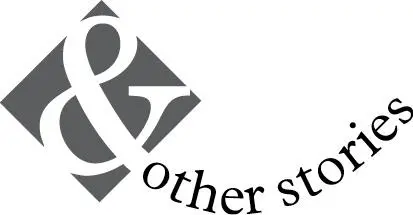
Current & Upcoming Books
01
Juan Pablo Villalobos, Down the Rabbit Hole
translated from the Spanish by Rosalind Harvey
Buy for Kindle / iBooks / Kobo / Nook
02
Clemens Meyer, All the Lights
translated from the German by Katy Derbyshire
Buy for Kindle / iBooks / Kobo / Nook
03
Deborah Levy, Swimming Home
Buy for Kindle / iBooks / Kobo
04
Iosi Havilio, Open Door
translated from the Spanish by Beth Fowler
Buy for Kindle / iBooks / Kobo / Nook
05
Oleg Zaionchkovsky, Happiness is Possible
translated from the Russian by Andrew Bromfield
Buy for Kindle / iBooks / Kobo / Nook
06
Carlos Gamerro, The Islands
translated from the Spanish by Ian Barnett
Buy for Kindle / iBooks / Kobo / Nook
07
Christoph Simon, Zbinden’s Progress
translated from the German by Donal McLaughlin
Buy for Kindle / iBooks / Kobo / Nook
08
Helen DeWitt, Lightning Rods
Buy for Kindle / iBooks / Kobo
09
Читать дальше


